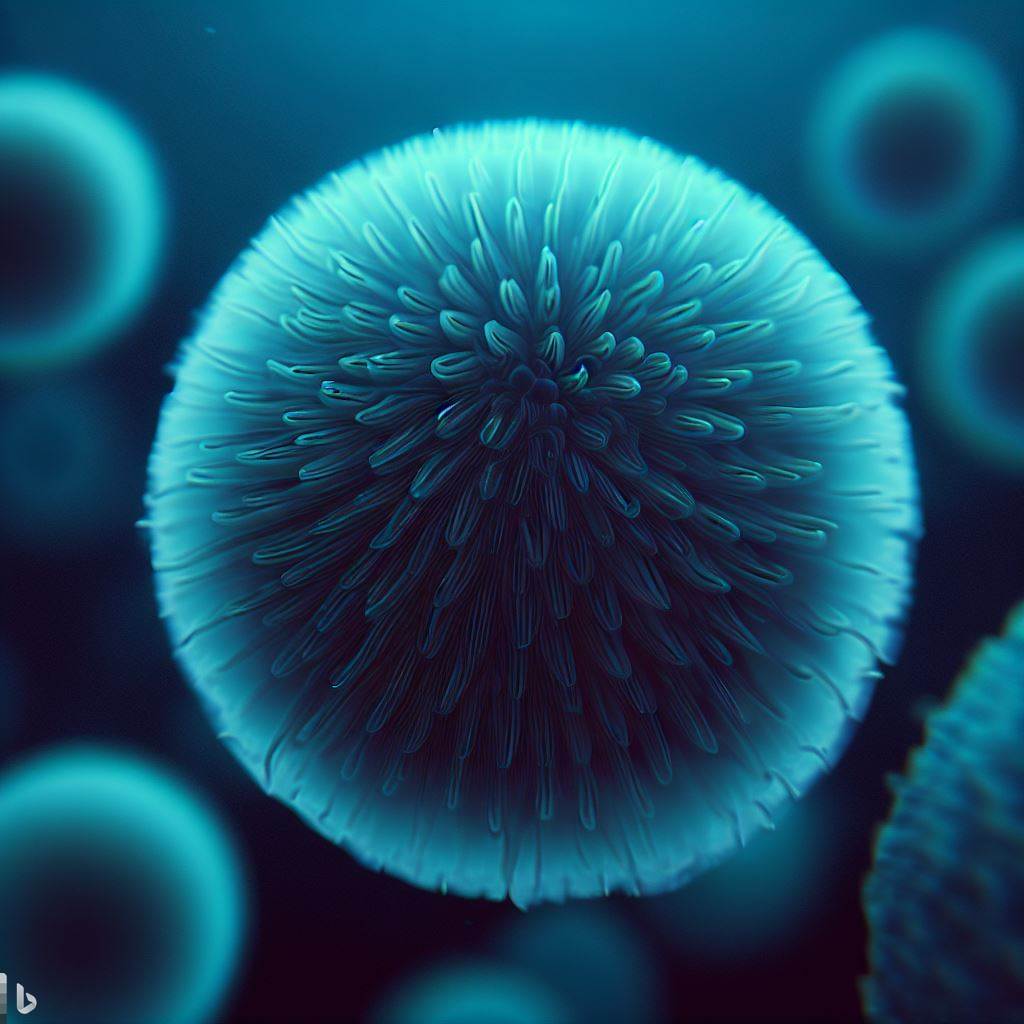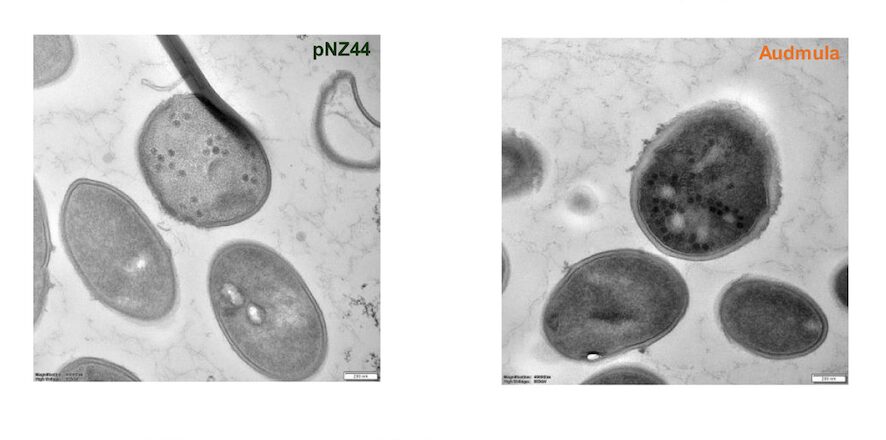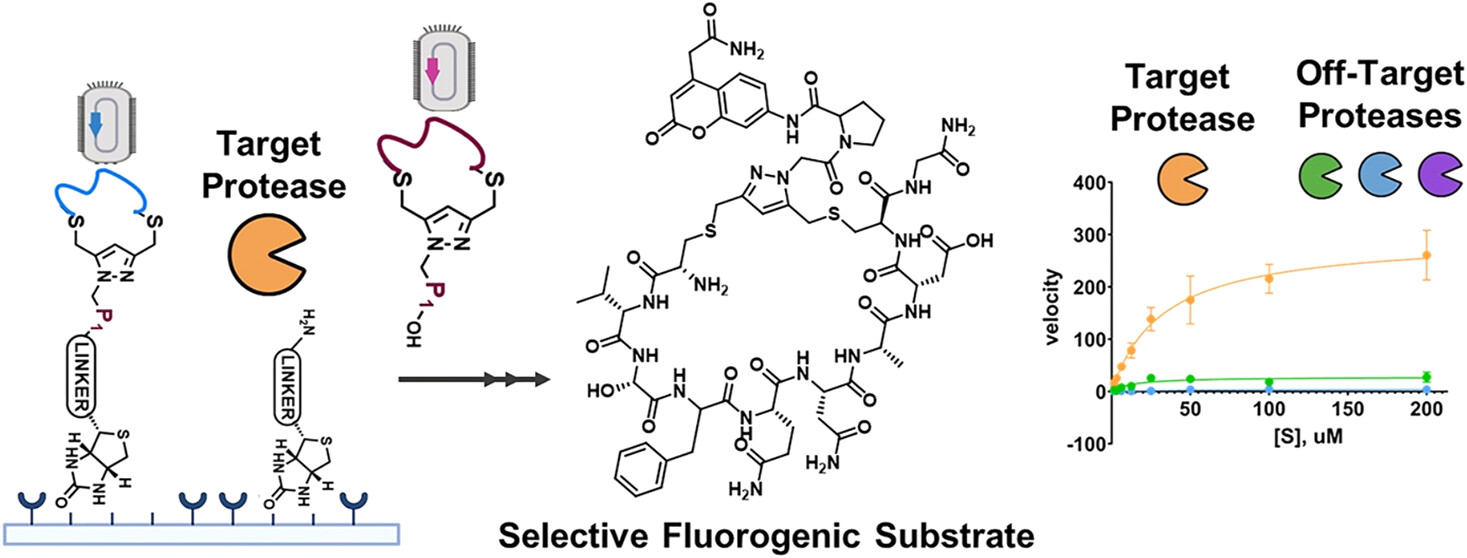
Scientists have made important progress in understanding deep-sea Planctomycetes bacteria. These bacteria are found in various ecosystems and play a vital role in global environmental processes. However, studying them in their deep-sea habitat has been tough, limiting our knowledge.
In a groundbreaking study, researchers have successfully grown a new type of Planctomycetes, which they’ve named “strain ZRK32,” from sediment taken from a cold seep site on the ocean floor. They achieved this by providing the bacteria with a special mix of nutrients that included a drug called rifampicin and different forms of nitrogen. This achievement is a big step forward in our understanding of these deep-sea bacteria.

By looking at the genes, physiology, and family tree of strain ZRK32, scientists have realized it’s quite unique. They’ve given it the name “Poriferisphaera heterotrophicis” When it comes to how it grows and multiplies, this bacterium does something different from its Planctomycetes relatives; it reproduces through a process called budding.
Researchers also carried out experiments to understand what helps this bacterium grow. They discovered that giving it plenty of nutrients or adding certain nitrogen compounds, like nitrate or ammonia, made it grow better. This growth boost happens because the bacterium can make more energy through special processes called the tricarboxylic acid (TCA) cycle and the Embden–Meyerhof–Parnas (EMP) glycolysis pathway.
An interesting finding was that when strain ZRK32 was exposed to nitrate or ammonia, it continuously released a virus famously known as bacteriophages or phages. These tiny viruses didn’t harm (through bacteria cell lysis) the bacterium’s host cells, Instead, they helped the bacterium and other marine microbes use nitrogen more efficiently. This discovery shows how these viruses can change how bacteria work and provides new insights into the complicated relationships between deep-sea Planctomycetes and viruses.
In a nutshell, this research has expanded our knowledge of deep-sea Planctomycetes bacteria. It has shown how they can adapt and use nitrogen better when influenced by these special viruses. These findings help us understand the hidden world of microbes in the deep ocean.
You can read this full article on Rikuan Zheng et al, Physiological and metabolic insights into the first cultured anaerobic representative of deep-sea Planctomycetes bacteria, eLife (2023). DOI: 10.7554/eLife.89874.1 and for more news like this please visit our dedicated news page



Hello! You’ve done an incredible job here. I’ll definitely bookmark it and enthusiastically suggest it to my friends. I’m sure they’ll find this website quite beneficial.